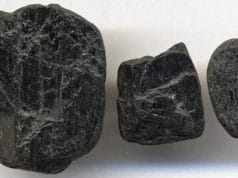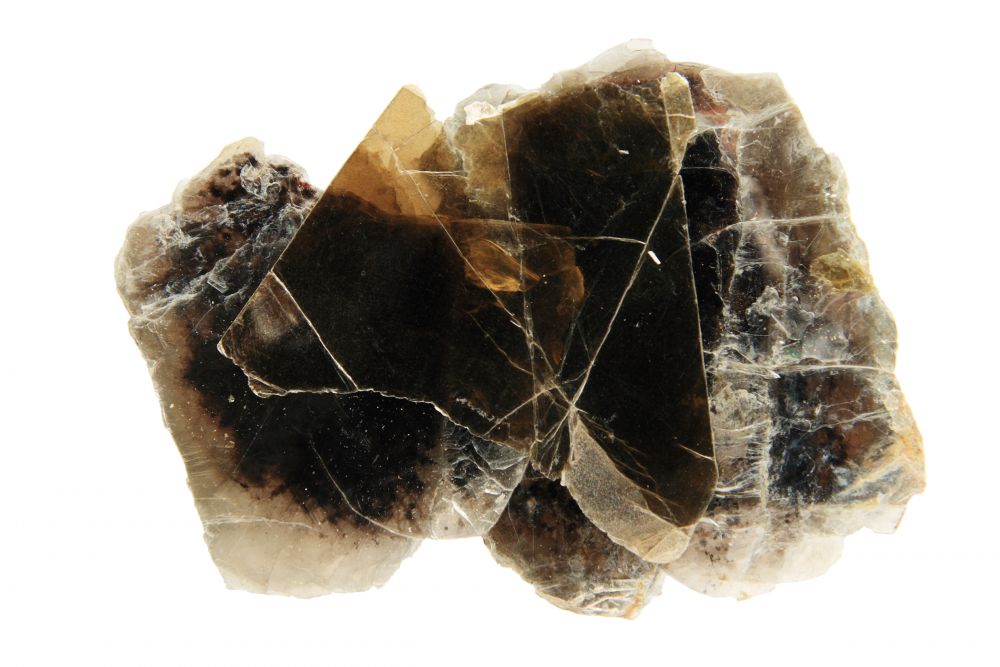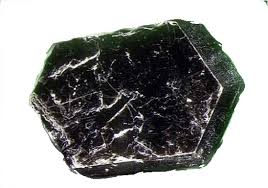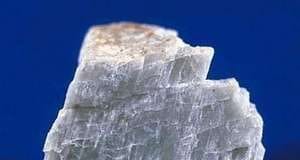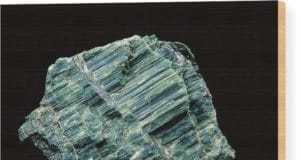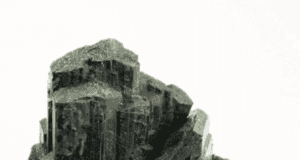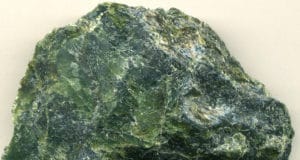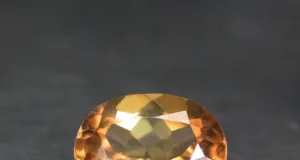Silicates Minerals
This is the most important organization of minerals. Silicates are crafted from metals blended with silicon and oxygen. There are greater silicates than all other minerals put together.The mica at the left is a member of this group.
Mica Group Minerals
Mica, any of a collection of hydrous potassium, aluminum silicate minerals. It is a kind of phyllosilicate, showing a -dimensional sheet or layer structure. Among the most important rock-forming minerals, micas are located in all 3 foremost rock types—igneous, sedimentary, and metamorphic.
Biotite
Biotite is the most common mica mineral and also known as black mica, a silicate mineral in the common mica group. Approximate chemical formula K (Mg, Fe). Biotite can be found in massive crystal layers weighing several hundred pounds. It is abundant in metamorphic rocks (both regional and contact), pegmatites, and also in granites and other invasive magmatic rocks. Biotite usually occurs in brown to black, dark green variety.
Garnet
Garnet, any member of a group of not unusual silicate minerals that have comparable crystal structures and chemical compositions. They may be colourless, black, and lots of sun shades of red and inexperienced.
Plagioclase Feldspar
Plagioclase is series of framework silicate minerals in feldspar group. Plagioclase is a continuous series of solid solutions known as the plagioclase feldspar series,...
Muscovite
Muscovite is the most common mineral of the mica own family. It is an essential rock-forming mineral present in igneous, metamorphic, and sedimentary rocks. Like other micas it with no trouble cleaves into skinny transparent sheets.
Talc
Talc is a naturally occurring mineral known for its softness, smoothness, and ability to absorb moisture. It is a silicate mineral that is composed...
Hornblende
Hornblende is a inosilicate amphibole minerals, which are two type hornblende minerals. They are ferrohornblende and magnesiohornblende. They are an isomorphous mixture of three molecules; a calcium-iron-magnesium silicate, an aluminium-iron-magnesium silicate, and an iron-magnesium silicate.
Clay Minerals
Clay minerals are the function minerals of the earths close to floor environments. They shape in soils and sediments, and through diagenetic and hydrothermal alteration of rocks. Water is essential for clay mineral formation and most clay minerals are defined as hydrous alumino silicates.
Serpentine
Serpentine is not a single mineral instead a group of related minerals. Also for the primary contributors of Antigorite and Chrysotile, a difference is not commonly made between the character participants besides underneath medical study and type.
Orthoclase
An important rock-forming mineral, orthoclase is the potassium-bearing end member of the potassium sodium feldspar solid-solution series. It is a major component of granite its pink crystals give granite its typical color.
Topaz
Topaz is a silicate mineral of aluminium and fluorine with the chemical formula Al2SiO4(F, OH)2. Topaz crystallizes in the orthorhombic system, and its crystals are mostly prismatic terminated by pyramidal and other faces.
Kaolinite
Kaolinite is a clay mineral with chemical composition Al2Si2O5(OH)4. It is an important industrial mineral. Rocks rich in kaolinite are called kaolin. Kaolinite, common group of clay minerals that are hydrated aluminum silicates; they contain the main components of kaolin (china clay). The group includes kaolinite, which is chemically similar but amorphous to kaolinite, and its rarer forms, stalagmite and nacrite, halloysite and allophane.




























